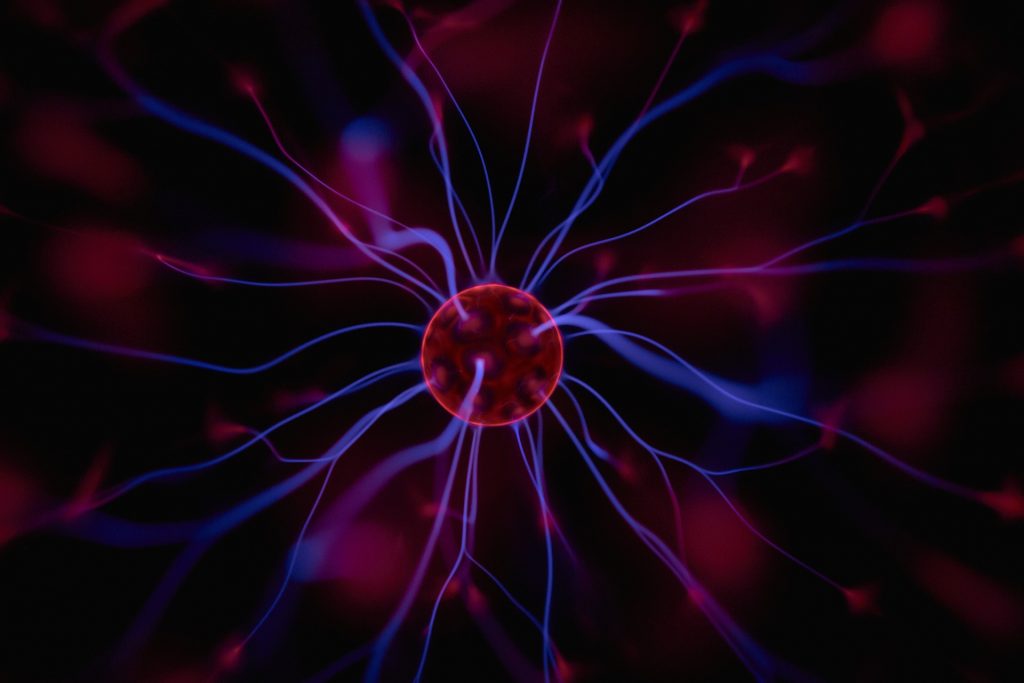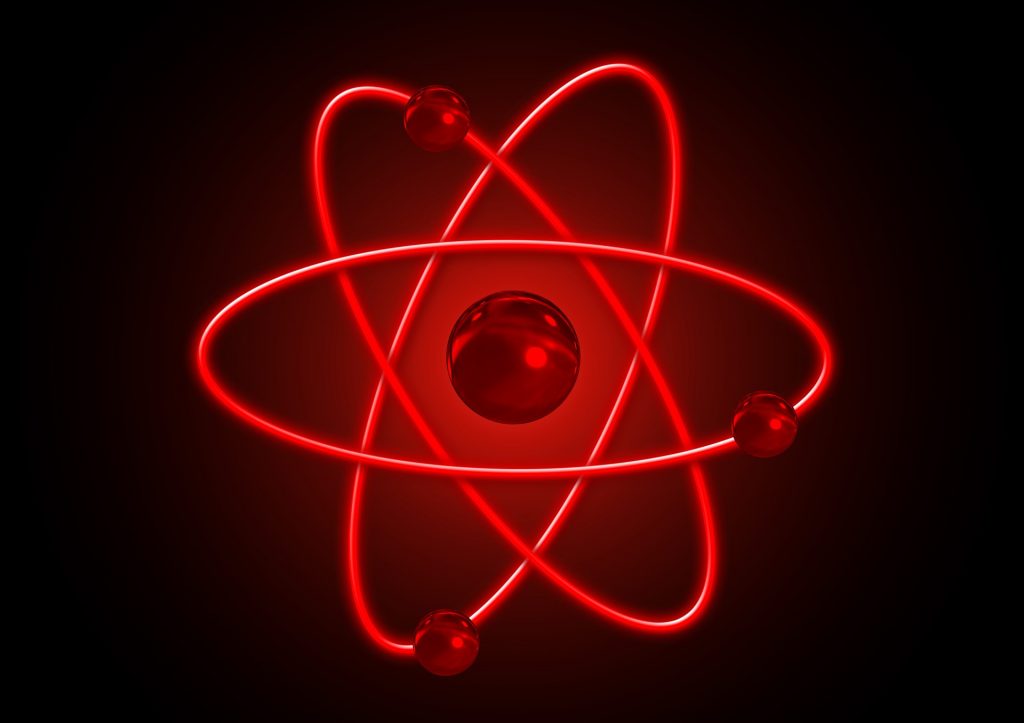
It is a tiny object whose diameter is only a few tenths of nanometers and with little mass in relation to its volume. Its observation is only possible using appropriate instruments, such as the scanning tunneling microscope.
The atom is thus the basic unit of matter.
The Greek philosopher Democritus announced to the world that all materials had atoms and in 1808 the English scientist John Dalton scientifically showed that there is a finite number of atoms in nature and that the combination of the same or different atoms gives rise to the materials. Any liquid, gas or solid can be decomposed into several elements or constituents. For example, each water molecule is made up of two hydrogen atoms and one of oxygen: H2O. When two oxygen atoms join they form an oxygen molecule O2 or when a carbon atom combines with two oxygen atoms it then forms a molecule of carbon dioxide CO2.
The difference between the various chemical elements is given by the quantity of protons (positive energetic charge) and neutrons (neutral charge) of the respective atoms.
The Periodic Table of Elements is an organization that allows to distribute the various chemical elements according to certain characteristics and certain criteria. The most delicate and simplest nucleus is that of hydrogen, which has a single proton. For this same reason, it appears in the first place in the table. Hydrogen is followed by helium, which has two protons and two neutrons.

Feel more in:
The energy that makes atoms, cells, and the universe vibrate




